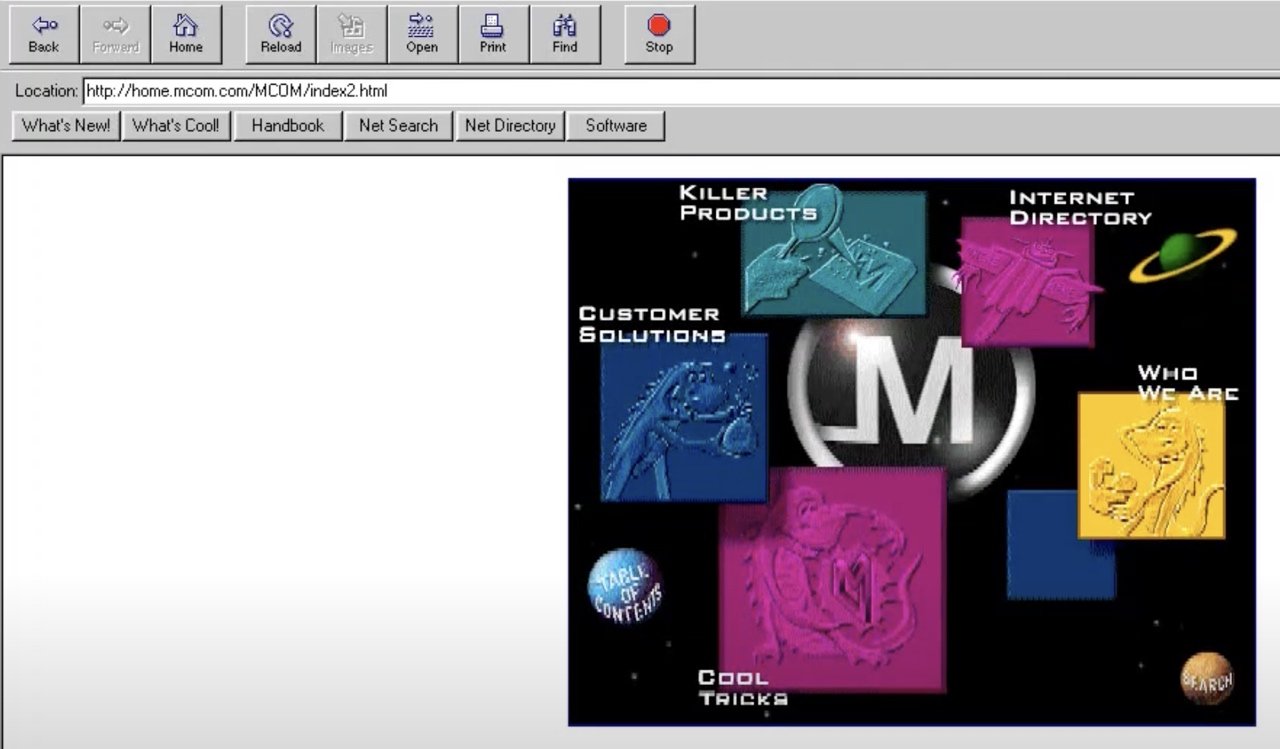1995: MySQL Arrives, Completing the LAMP Stack
 Post thumbnail
Post thumbnail
By the end of 1995, the foundational pieces of the open source LAMP stack for web development (Linux, Apache, MySQL, PHP/Perl/Python) were in place. The acronym itself would not be coined for another few years, but the technology had arrived — albeit at varying stages of maturity and adoption. MySQL was initially an internal database system used by a Swedish company called TcX, from May 1995 onwards. It had been created by Michael (Monty) Widenius, and took a number of years to gain traction.
Read More 1995: MySQL Arrives, Completing the LAMP Stack


